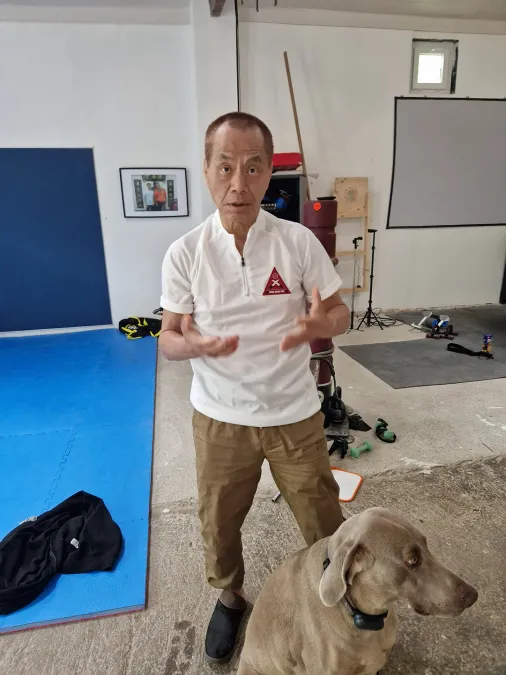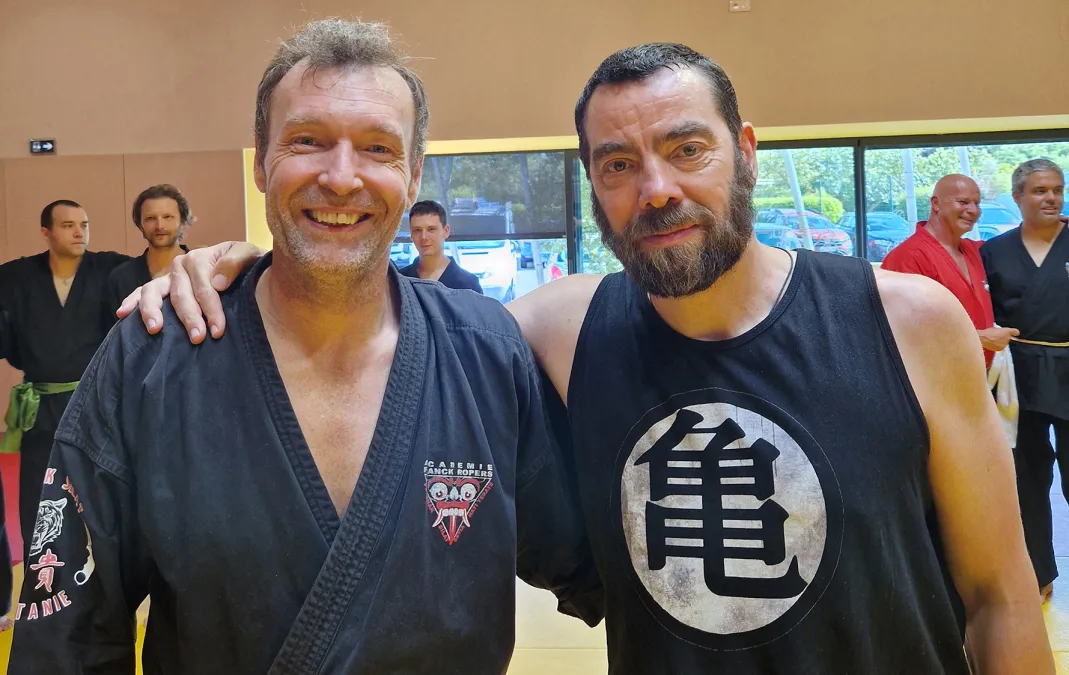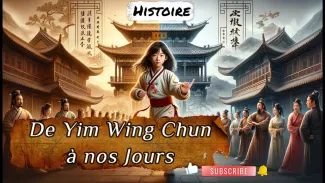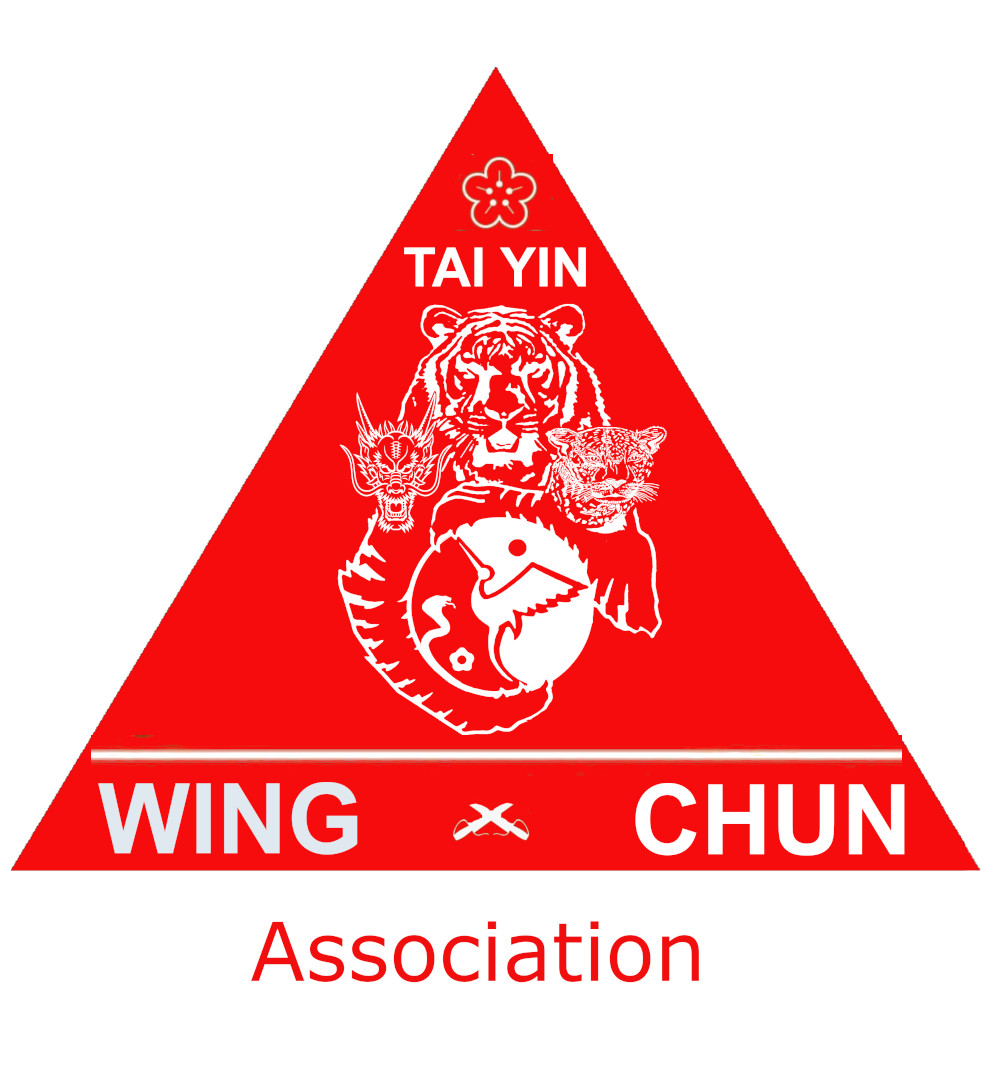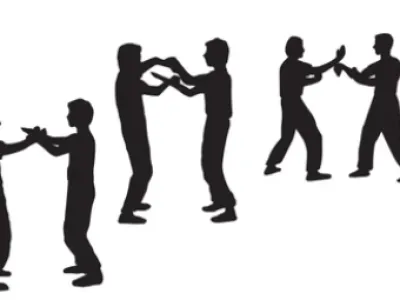
History of Wing Chun: Roots and Legacy 🌟
Dive into the fascinating world of Wing Chun, the Chinese martial art that blends legend, history, and unique techniques. 🥋
Introduction 🌟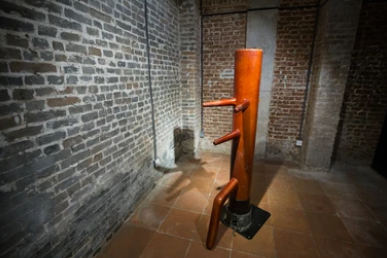
Wing Chun, this legendary martial art, originates from the turbulent times of Imperial China. Born in the context of resistance against Manchu oppression, it is now practiced worldwide, including in Montauban and Toulouse, thanks to the Tai Yin Wing Chun school. But where does it actually come from? Let’s explore its captivating history together. 🤔
1. The Historical Context: Birth of a Martial Art 🕰️
To understand the history of Wing Chun, we must go back to the fall of the Ming dynasty in 1644. The Manchu army invaded China, sparking active resistance among patriots in the southern regions.
- 1644: Beijing falls to the Manchus.
- 1662: The last Ming strongholds are crushed, but resistance persists in the form of secret societies.
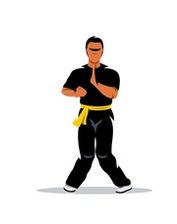
- These clandestine groups, like the Hung Mun, played a crucial role in preserving martial arts.
During this turbulent period, martial arts were not just methods of combat but also a means of cultural survival, preserving ancestral traditions. Techniques, passed down orally or through secret demonstrations, were often adapted to meet the immediate needs of the resistance. This tumultuous context allowed for the emergence of a unique art, combining precision and efficiency: Wing Chun. 🛡️
2. The Heaven and Earth Triad: A Driving Force for Resistance ✨
The Heaven and Earth Triad, also known as the Heaven and Earth Society, emerged from the ashes of the Ming dynasty. This clandestine movement, created by patriots and fleeing soldiers, aimed to restore Ming power and overthrow the Qing dynasty. These secret societies, often camouflaged behind artistic or commercial activities, played an essential role in preserving Chinese culture and transmitting martial arts.
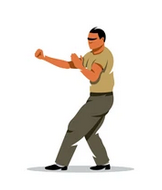 Wing Chun is deeply connected to these organizations. Its techniques, designed for effective close-combat situations, were ideal for guerrilla fighters and Triad members. The discretion and ingenuity of these movements suited the needs of resistance fighters, often forced to train in confined spaces or under cover.
Wing Chun is deeply connected to these organizations. Its techniques, designed for effective close-combat situations, were ideal for guerrilla fighters and Triad members. The discretion and ingenuity of these movements suited the needs of resistance fighters, often forced to train in confined spaces or under cover.
Many Wing Chun masters, such as Ng Mui and Ji Sin, were closely linked to these societies. Their teachings extended beyond martial techniques to include values of loyalty, solidarity, and resistance against oppression. 💪
3. The Traitors and Guardians of Wing Chun 🔐
The history of Wing Chun is not only a saga of heroes and resistance but also of betrayal. One of the most well-known figures is Ma Ningngai, a former member of the Heaven and Earth Society, who allegedly revealed strategic secrets to the Manchus in exchange for privileges. These acts of betrayal not only endangered the members of the secret society but also underscored the importance of preserving Wing Chun techniques within a select circle.
To protect this knowledge, masters known as Guardians were designated. These secret Wing Chun grandmasters are the keepers of the most advanced techniques and hidden forms, passed down only to carefully chosen disciples. Secret techniques include combinations designed to quickly disarm an opponent, lethal applications, and movements to neutralize multiple enemies simultaneously. These guardians ensure that this knowledge does not fall into the wrong hands. 🔒
This culture of secrecy has allowed Wing Chun to retain its effectiveness and mystery while maintaining a legendary aura around its origins. Even today, some say these hidden techniques are only revealed to those who demonstrate loyalty and a deep understanding of the martial art’s principles. 🥋
4. Ng Mui: A Legend or Reality? ✨
Ng Mui is a central figure in the history of Wing Chun, often described as a Buddhist nun who developed the foundations of this martial art. However, some accounts suggest that Ng Mui may not have been a real nun but rather a disguised resistance fighter. This disguise may have served to hide her clandestine activities and protect members of the Heaven and Earth Society.
Stories about Ng Mui, like many in the history of Chinese martial arts, blend facts and legends. Some historians argue that Ng Mui is a composite figure, created to embody ideals of resistance and discipline during troubled times. This ambiguity enhances the mystery surrounding her contributions to Wing Chun. 🌟
Regardless of the truth behind these tales, Ng Mui remains an inspirational figure. She symbolizes the ingenuity and adaptability needed to survive and thrive in adversity. Her transmission of techniques to Yim Wingchun, whether legend or reality, illustrates the importance of preserving this knowledge within a framework of loyalty and respect. 🙏
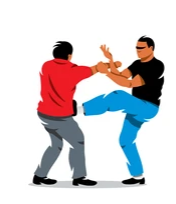 5. Techniques and Contributions of Masters 🥢
5. Techniques and Contributions of Masters 🥢
Wing Chun, as we know it today, owes its evolution to several masters:
- Ji Sin: Introduced the technique of the six-and-a-half point pole.
- Miu Hin: Brought the famous butterfly knives.
A figure often cited in Wing Chun history is Leung Jan, a doctor from Foshan. According to some traditions, Leung Jan either perfected or created the third Wing Chun form, known as Biu Jee ("Thrusting Fingers"). This advanced form includes techniques for handling emergencies and counterattacks. Leung Jan’s contribution lies in his ability to analyze and systematize Wing Chun principles, refining its forms for future generations. ✨
6. Modern Wing Chun 🌍
From Foshan to Hollywood, Wing Chun has come a long way. Thanks to Ip Man and his disciples, including Bruce Lee, this martial art has become universal. 🎬
FAQ: Your Questions About Wing Chun ❓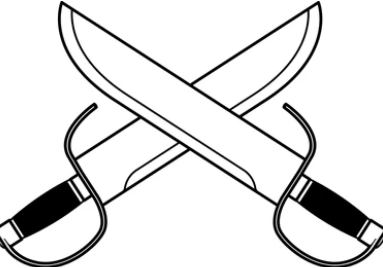
📌 What is Wing Chun?
A Chinese martial art based on fast movements, economy of force, and strategy.
Conclusion: Legacy and Modernity 🔥
Wing Chun, with its deep roots in Chinese history and its unique philosophy, continues to inspire practitioners worldwide. Whether you are in Montauban, Toulouse, or elsewhere, join Tai Yin Wing Chun to discover this legendary martial art. 🌟

